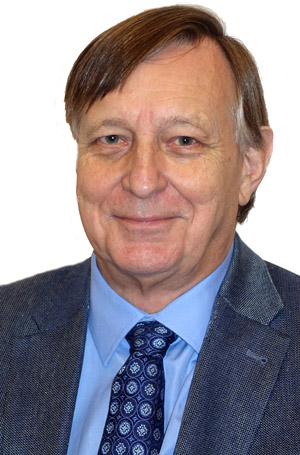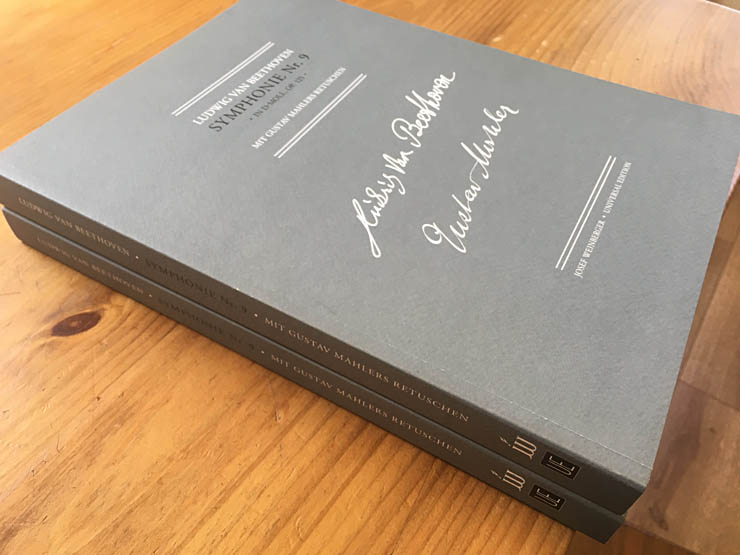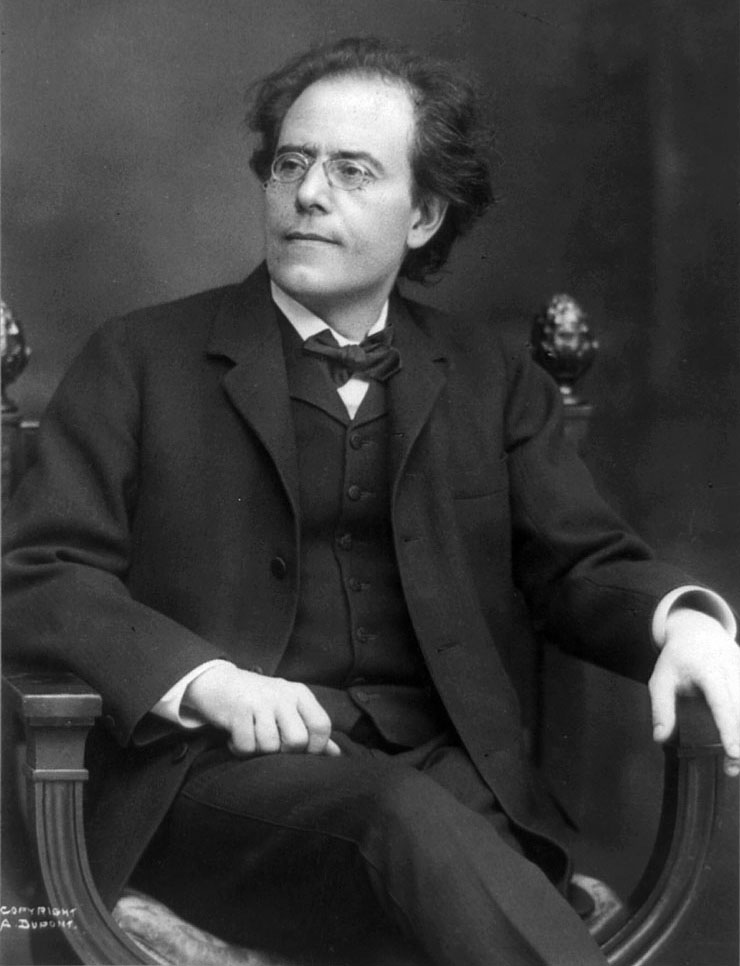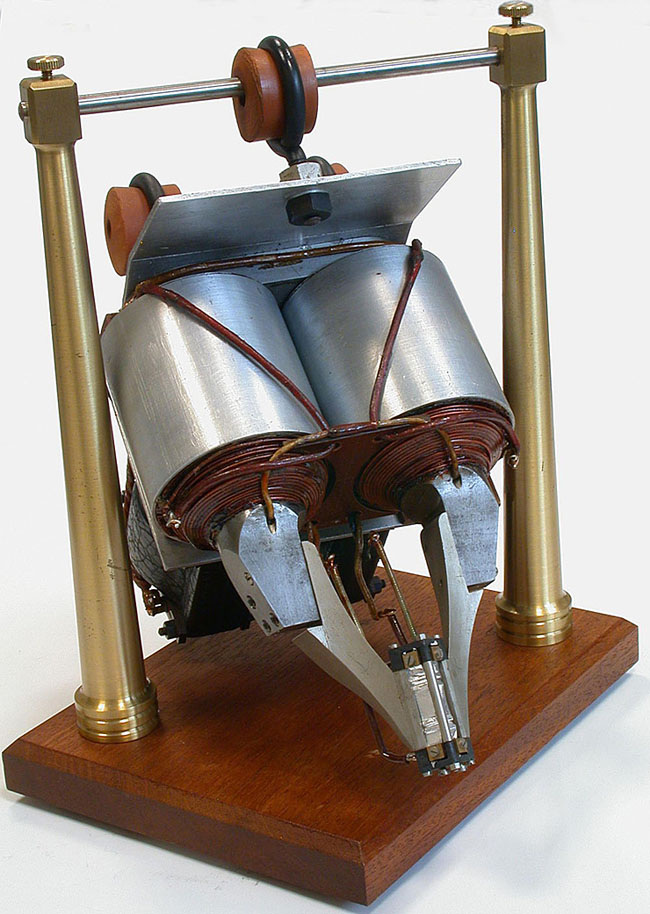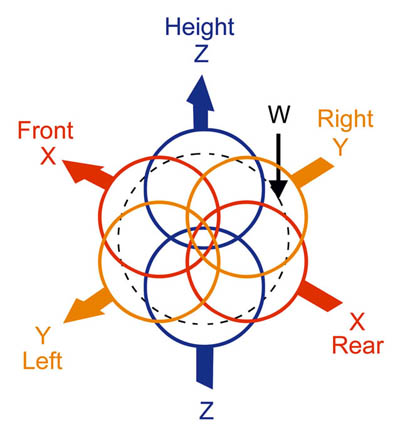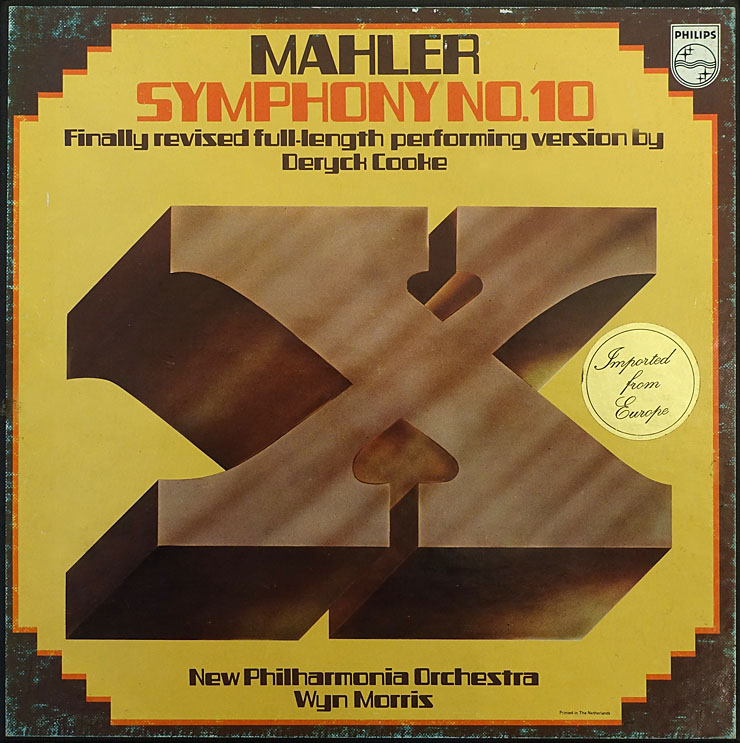Gustav Mahler conducted Beethoven’s Ninth Symphony on ten occasions: in Prague, Hamburg, Vienna, Strassburg and New York. For the last seven of these performances he prepared and used his own score and orchestral parts. I have transcribed and edited these materials...
Ensembles
Bushey Symphony Orchestra, England, 1974–1983
The Bushey Symphony Orchestra is a community orchestra that is active in and around Bushey, Hertfordshire, in England. With the help and support of local musicians and others from the community (especially the leaders of the string sections: Richard Spencely, Pat Moss, Vic McAdam and Chris Huggett; and Dick Hayward our first business manager), I founded this orchestra in 1974 and developed its repertoire and outreach for nine years, during which time we gave concerts in Bushey, Watford, Uxbridge, Clapham, Wroughton and Wolverton. We also made three continental tours, performing in France (Chartres and Orléans), Belgium (Antwerp and Robertville), Holland (Den Haag, Groningen, Haarlem) and Germany (Viernheim, Rietberg, Reichenbach, Lautertal and Mainz).
The repertoire of the orchestra was ambitious, extending from Corelli to contemporary music, including all the Beethoven symphonies, works of Mozart, Haydn, Tschaikovsky, Brahms etc. Among British composers Parry (Symphonic Variations), Elgar (Enigma Variations), Vaughan Williams and Walton were prominent and Charles Ives (The Unanswered Question), Shostakovich (Symphony No. 1) and Stravinsky (The Firebird Suite) were among the international 20th century composers we presented.
Soloists who played with the orchestra included violinists Eva Graubin, Nona Liddell and Yfrah Neaman, pianists Martin Hughes, Bernard Roberts and Yolande Wrigley, cellists Arnold Ashby and Keren Starer, organist David Bell, and guitarist Anthea Gifford. The orchestra also collaborated regularly with the Bushey Heath Singers (Vaughan Williams: A Serenade to Music) and other local choral ensembles (Beethoven: Symphony No.9 with Radlett Choral Society).
In 1979 we held a composition prize, sponsored by Rank Xerox, which was won by Raymond Parfrey with his Awayday Overture. We also gave frequent performances of the works of local composers, Pat Moss and Michael Kitchen, and the UK première of Daniel Abrams’ Flute Concerto.
An important and popular feature of each season was the concerts for children, which not only introduced young people to orchestral instruments and their repertoire, but which also gave them a chance to perform with the orchestra.
In 1981 and 1983 the orchestra published two LP recordings, taken from concert performances and from special recording sessions. The BSO is still going strong, having enjoyed excellent continuity in leadership from my successors and stil has some players from when I was with them.
Bloomington Brass Band, Indiana, 1984–1989
This British-style brass band was formed by the energetic David Witt with players from Bloomington, Indiana, together with selected students of the IU School of Music. In addition to regular concerts in Bloomington, including one annually preceding the 4th of July fireworks, the ensemble was frequently invited to perform for occasional events, like the rededication of Owen Hall at Indiana University, at similar civic events in downtown Bloomington, which at the time was experiencing a period of renewal, and in other communities of southern Indiana. One such occasion, the opening of the Fourth Street Parking Garage in Bloomington, was memorable for the weather being so cold that the instrument valves froze solid! The repertoire of the band was formed of marches, polkas (some from the Civil War period), solos and sets of variations, including several written for the Salvation Army, together with standards by American, British and continental composers and several contest pieces. In 1985 the band placed second in the North American Brass Band Asssociation Championships in Toronto, Ontario, and Kris Dahlin, the E-flat soprano cornet player, won the prize for best solo performance, playing Philip Sparke’s Capriccio with the band.
Carmel Symphony Orchestra, Indiana, 1985–1997
When I was first appointed conductor of the Carmel Symphony Orchestra it performed in the Carmel United Methodist Church. This was a nice acoustic, but very shortly thereafter we needed more space and moved regular performances to the Carmel High School. In 2011 the orchestra acquired its own magnificent 1600-seat concert hall The Palladium at the then-new Center for the Performing Arts in Carmel.
With the support of a strong board, talented and enthusiastic musicians and excellent management (memorable among whom was Fran Shoup), I was able to develop the strengths of the CSO, giving many outreach concerts, including “Pops” establishing CarmelFest with its 4th of July concert and fireworks and an annual Youth Concerto Competition. The orchestra also participated in operatic and choral works, including Walton’s Belshazzar’s Feast, and ballet performances, including Nutcracker on Ice. Première performances of works by David Dzubay (Symphonic Dance), Paul McCartney (The Liverpool Oratorio), Einojuhani Rautavaara (Lintukoto) and Michael Schelle (Spirits) seasoned a well-balanced repertoire from Handel onwards. Other notable Carmel “firsts” were:
Busoni: Clarinet Concertino
Kent Kennan: Night Soliloquy
Chabrier: Suite Pastorale
Delius: On Hearing the first Cuckoo in Spring
Elgar: Froissart Overture
Holst: A Fugal Overture
Ibert: Concertino da Camera
Mahler: Symphony No. 4
Moniuszko: Jawnuta Overture
Panufnik: Concerto Festivo
Rachmaninov: Isle of the Dead
Rautavaara: Cantus Arcticus
Stravinsky: Symphonies of Wind Instruments
Vaughan Williams: Double Piano Concerto, Tallis Fantasia, Symphony No. 5
Verdi: Don Carlos Act III
Warlock: Capriol Suite
The soloists with whom we played included the cellists Janos Starker, Marie Hallynck and Arkady Orlovsky, violinists Corey Cerovsek, David Chan, Desirée Ruhstrat and Larry Shapiro (now concertmaster of the orchestra); pianists Katya Cerovsek, Martin Hughes, Anthony Molinaro, Stephen Prutsman, Nicholas Roth and Christopher Taylor and clarinetists David Bellman and Anton Weinberg. Regular vocal performers with the orchestra, in operatic, patriotic and pops repertoire, were Ann Conrad and Ken Knowles, who continue to appear with the ensemble. Choral works were sung by the CSO Chorus and often included Robert McFarland as baritone soloist.
I am proud to note that many of the players with whom I worked at the CSO are still valuable members of the ensemble.
Bloomington Symphony Orchestra, Indiana, 1987–1995
Founded in 1970, the Bloomington Symphony Orchesta is the civic orchestra in a town that has more than the average percentage of musical residents. I currently hold the record for the longest-serving music director of this orchestra.
Indiana University has five excellent student orchestras that largely concentrate on the core repertoire. Many of the BSO players had also studied at the IU School of Music and these factors, together with a loyal audience, allowed the BSO to be more adventurous. In addition to the annual Night in Old Vienna dinner-dance events, we gave a concert of the music of PDQ Bach with guest artist Peter Schickele and performed an annual children's concert in the 3000-seat IU Audiorium.
Apart from covering those parts of the core repertoire left unexplored by the IU orchestras, we gave frequent performances of music by local composers:
Works written for the BSO
Frederick Fox: Dark Moons/Bright Shadows
Dennis Meckler: Mirages
Daniel Powers: The Minotaur
Einojuhani Rautavaara: Symphony No. 7 (Angel of Light)
James Underwood: Glider, Grendel, and Grendel’s Mother
Sulaiman Zai: A Christmas Offering
Other works by Bloomington composers
Thomas Beversdorf: Serenade
Walter Bricht: Symphonic Suite
Hoagie Carmichael: Brown County Autumn
Bernhard Heiden: Salute
George List: Marche O’Malley
Newell Long: Hoosier Hills Hymn and Hoedown
Other unusual works
Arnold: Flute Concerto, op.45
Bizet: Patrie! Overture
Delius: Brigg Fair
Glazunov: Finnish Fantasy
Humperdinck: Suite from Hansel and Gretel
Karłowicz: Symphony in E minor, op.7
Merikanto: Notturno
Moniuszko: Bajka Overture
Panufnik: Concerto Festivo
Panufnik: Tragic Overture
Rachmaninov: Isle of the Dead
Schuman: New England Triptych
Soloists who performed with the orchestra included the pianists Jonathan Biss, Cola Heiden, Leonard Hokanson, Martin Hughes, James Tocco; violinist Gwen Preucil; cellists Rachel Caswell, Marie Hallynck, Fritz Magg and Janos Starker; organist Susan Chan, flautist Peter Lloyd and jazz trumpeter Dominic Spera.
The most ambitious project that the BSO and I embarked upon was the commissioning of the Finnish composer Einojuhani Rautavaara to write a symphony for the 25th birthday of the orchestra in 1995. After the composer had generously accepted our commission, soliciting donations to fund the project was easier than I feared it would be, as those we approached gave generously. The actual preparation and the first performance itself went well, though the composer subsequently shortened the work in places. It was highly gratifying to learn that Rautavaara’s next symphony was commissioned by the Philadelphia Orchestra, which made his name one to be reckoned with in the USA.
Napier University Orchestra, Edinburgh, Scotland, 1999–2000
The orchestra gave regular concerts on the Napier University campus and in and around Edinburgh. Soloists included the pianist Nicholas Ashton. One highlight was a performance of Handel’s Music for the Royal Fireworks at a ceremony at which Sir Charles Mackerras, the Australian conductor who had edited the work, was awarded an honorary doctorate.
SC4 Symphonic Band, Port Huron, Michigan 2002–2005
In addition to an annual series of concerts in the McMorran Auditorium, Port Huron, the band performed outdoor concerts in Port Huron, Lexington and Maryville and played at the annual graduation ceremonies of the St. Clair County Community College. But the first task was to bring order to the extensive library of music and catalogue it. To complement ever popular pieces like the suite from Phantom of the Opera and many of the shorter compositions and arrangements made for American concert bands, we resurrected major works that had not been performed in Port Huron for decades, among them pieces by Percy Grainger and Robert Russell Bennett; we did band versions of French orchestral music – a suite from Bizet's Carmen, Dukas Sorcerer’ Apprentice (highly skillful by Lucien Cailliet, staff arranger for the Philadelphia Orchestra during Stokowski’s tenure), we purchased a more recent (and highly demanding) arrangement of Mussorgsky’ Pictures at an Exhibition and worked on it for weeks before it was ready for concert performance. But our greatest success was perhaps the finale of Tschaikovsky' Fourth Symphony, of which a violinist said that she was unaware that there were no violins in the arrangement until almost near the end!
Lapeer County Concert Choir, Michigan 2004–2006
The Lapeer County Concert Choir was founded in 1968 and consists of singers living around Lapeer and Imlay City, Michigan. Like the SC4 Band, the members of the choir probably did not know what was about to hit it when I became its conductor. There is no doubt that, here also, I made demands by introducing challenging and unknown repertoire with texts in languages that most had not encountered before. The choir gave concerts in both Lapeer and St. Clair Counties and we had the benefit of generous rehearsal periods and of giving the same concert more than once. Some of the works I conducted with this enthusiastic group were:
Beethoven: Die Ehre Gottes aus der Natur
Bruckner: Virga Jesse
Byrd: Rorate coeli de super
Gibbons: This is the Record of John
Handel: Messiah (complete)
Haydn: Spring from The Seasons
Mendelssohn: Hear my Prayer
Praetorius: Es ist ein Ros’ entsprungen
Sweelinck: Hodie Christus natus est
After two musically highly rewarding years, I was very sorry to leave this ensemble, which had patiently followed my every request, to take up a new teaching position in Texas.
Rev. 21. Nov 2018
